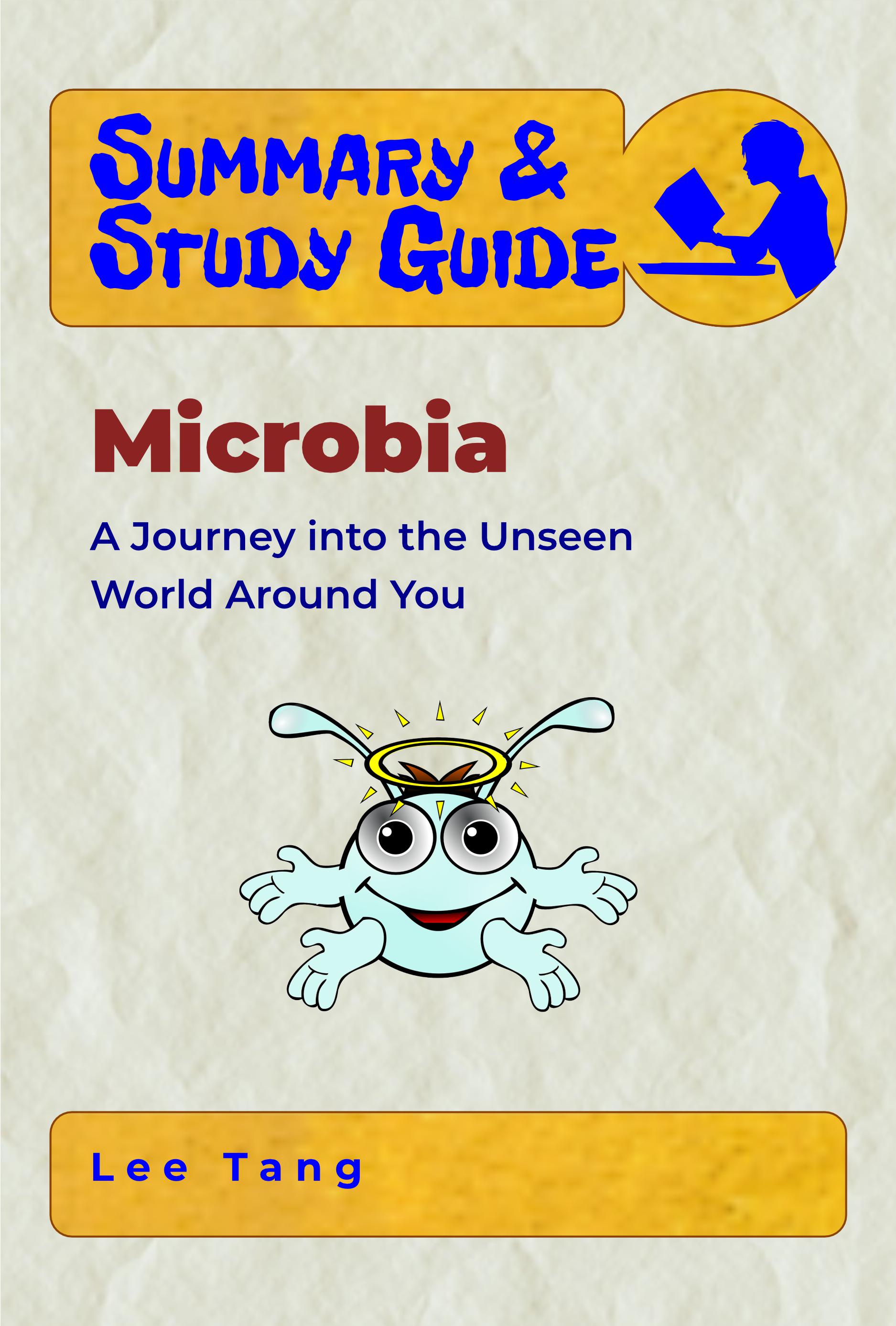
Microbes connect all living and nonliving things on Earth.
The must-read summary of “Microbia: A Journey into the Unseen World Around You,” by Eugenia Bone.
New discoveries about how microbes affect our lives occur every day, but it seems to require an advanced degree in biology to understand how they impact us. Journalist Eugenia Bone returned to college in her fifties to help make sense of these creatures. What she learned is that microbes connect to all living things. They also connect nonliving things to living things. They maintain the balance of chemicals on the planet and convert carbon dioxide into food that travels up the food chain. Inside our cells are the remnants of ancient bacteria called mitochondria that convert the oxygen we breathe into energy.
In Microbia, Bone chronicles what she learned in her year of studying biology. It begins with the origin of life and how microbes affect the atmosphere and soil, connecting nonliving things to living things. She explores how microbes influence the evolution of all living things and why plants and animals evolve with their microbes.
Read this primer to understand the entwined worlds of microbes and the rest of life on Earth.
This guide includes:
Value-added from this guide:
Our universe started 13.8 billion years ago with a Big Bang when a dense, hot, and unstable celestial star expanded and cooled into tiny particles smaller than an atom. These tiny particles collided and merged into more substantial particles to create hydrogen and helium atoms. Two helium atoms make a beryllium atom. A beryllium atom and a helium atom make a carbon atom. A carbon atom and a helium atom make an oxygen atom, and so on. These fusions formed 94 atomic species, with iron being the heaviest element produced in the core of a living star.
Heavy chemicals accumulate as the star ages. Over time, the core has become so massive it can no longer sustain itself and produces a supernova, an explosion that blows debris at speeds of up to 25,000 miles per second. That huge outlay of energy produces many elements, some even heavier than iron, like gold.
Our solar system was created by a supernova 4.6 billion years ago. The swirling debris and gases were pulled by gravity into the center, forming our sun. Debris that didn't get pulled into the sun swirled around and aggregated into protoplanets. As temperatures decreased, planetary iron sunk to its core and the magma surface solidified. Lighter gases floated away and heavier gases were held around the planet by gravity.
| Language | Status |
|---|---|
|
French
|
Already translated.
Translated by Saleem Rustom
|
|
Italian
|
Translation in progress.
Translated by Silvia Scibetta
|
|
Portuguese
|
Already translated.
Translated by Ariane Zabaleta
|
|
|
Author review: Excellent quality! |
|
Spanish
|
Already translated.
Translated by Jorge Ledezma
|
|
|
Author review: Excellent job! |